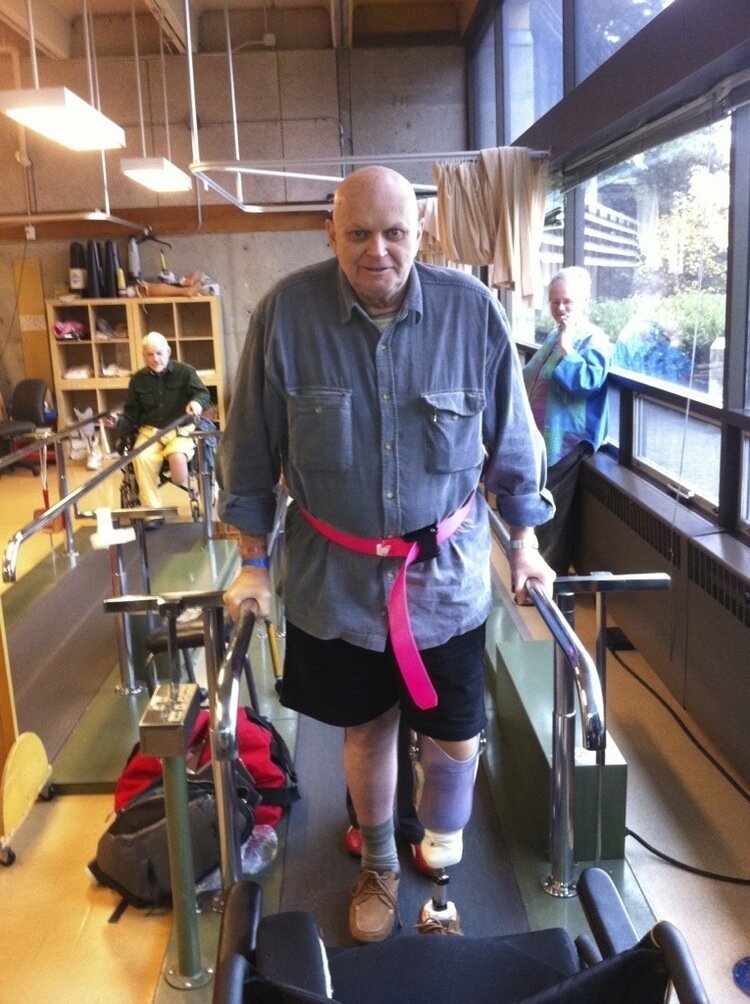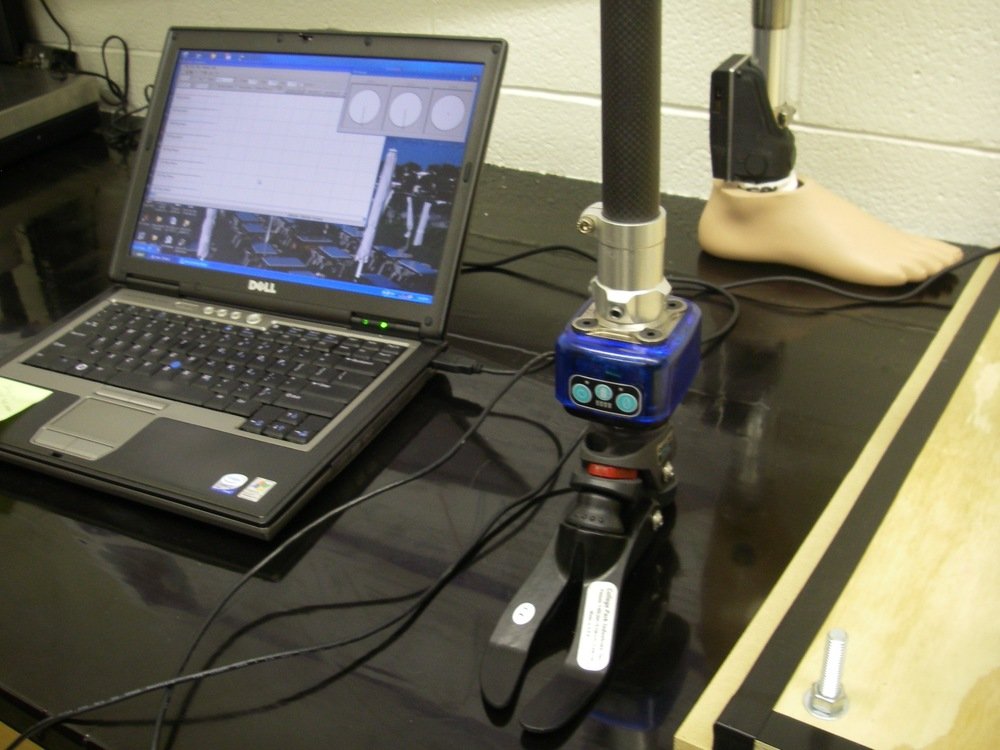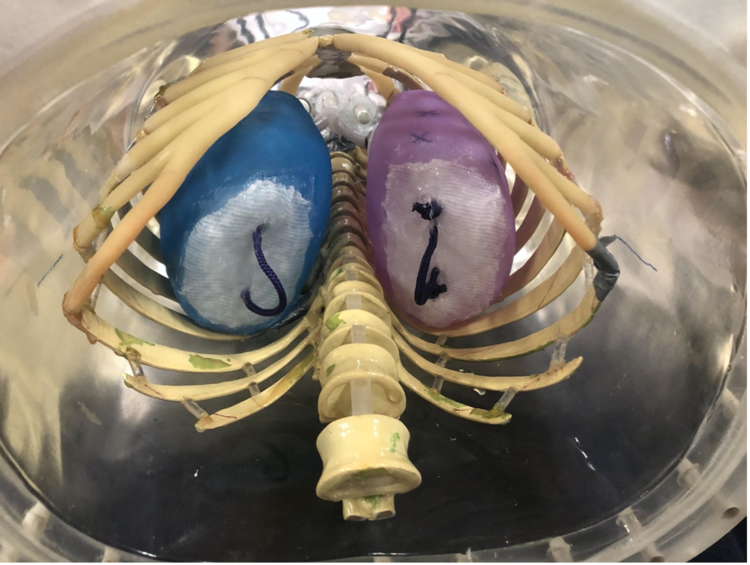Research Projects

What Impact Does Pregnancy Have On Women With Lower Limb Absence?
Currently, there is no research available on the effect that pregnancy has on the fit, function, or use of transfemoral prostheses and there is little information available to women who are pregnant on what to expect in regards to their prosthesis.
The purpose of this research is to explore this topic and provide information both to prosthetists and to patients with transfemoral amputation on what they can expect when pregnant.

Is 3D Printing Suitable for Use in Clinic?
Phase one of this project has been completed! We found preliminary evidence that statically, sockets made for cushion liners are strong enough to be used in clinical practice as they pass the ISO standard.

Which is More Challenging: Stairs or Slopes?
Falls and fear of falling remain to be a common problem amongst people with lower-limb amputations, especially those with amputations at higher levels. While we can physically evaluate someone’s balance, it is also important to understand how psychology impacts someone’s ability to maintain their balance and mobility.

How do Older Adults Use their Prostheses After Rehabilitation?
At Holy Family Hospital, a local rehab facility, approximately 22 to 36 older adults with amputations complete inpatient prosthesis training on a yearly basis. This training seeks to improve their functional independence and prepare them for reintegration into society. However, the question we often ask ourselves is, “What happens when they go home?”

Can We Develop Dynamic Hand Control?
We attended the Cybathlon competition in Zurich, Switzerland in October 2016 to showcase upper-limb prostheses with the Muscle Activity Sensor Strip (M.A.S.S.) The main goal of the Cybathlon was to provide a platform for the development of novel assistive technologies that are useful for daily life and it was incredible to see the wide range of devices featured. The competition received worldwide media coverage from major news broadcasters, just a few of them being BBC, CNN, CBC, CTV. Check out our blog post to learn more about this amazing experience.

What Foot Should We Use?
We were part of a group that sought to see if we could measure a biomechanical characteristic of feet that patient’s preferred or increased activity level. This was the first randomized double-blind study in which prosthetic users have expressed a preference for a specific biomechanical characteristic of prosthetic feet:

Can We Use Sensors to Make Your Socket More Comfortable?
When designing a prosthesis, clinicians work to optimize the pressure distribution within the socket so that the wearer has maximum comfort and function. Many patients have altered sensation in their limbs and have a hard time giving feedback on where they are experiencing pressure within the socket. This project looked at designing a prototype technology that could be used to map the pressure within a socket.

How Do Socket Adjustments Impact Comfort?
The purpose of this pilot study was to gain objective knowledge about how a prosthetist modifies prosthetic sockets and how these adjustments influence pressure distributions within the socket. Two participants took part in this pilot study. They were fit with 3D printed sockets and their socket comfort and pressure distribution was monitored as adjustments were made to the socket.

Can Prosthetic Hands Feel?
Bertille Dupont & Dr. John Madden @ UBC and Barber Prosthetics Clinic
A team at UBC has been working on a project that would allow users of prostheses to feel what touches their prosthetic hands when wearing their prostheses. They have partnered with us at Barber Prosthetics Clinic to refine this technology, incorporate it into prostheses and gain feedback from people who would benefit from it. If you are interested in learning more, please contact us!

How Do You Make a Realistic Lung?
Patient motion during PET scans can be a major detriment to image quality, leading to quantification errors and radiologists potentially missing malignant lesions. In order to study these problematic effects and potentially mitigate them through motion correction algorithms, anthropomorphic phantoms with accurate anatomy and realistic motion are needed.
